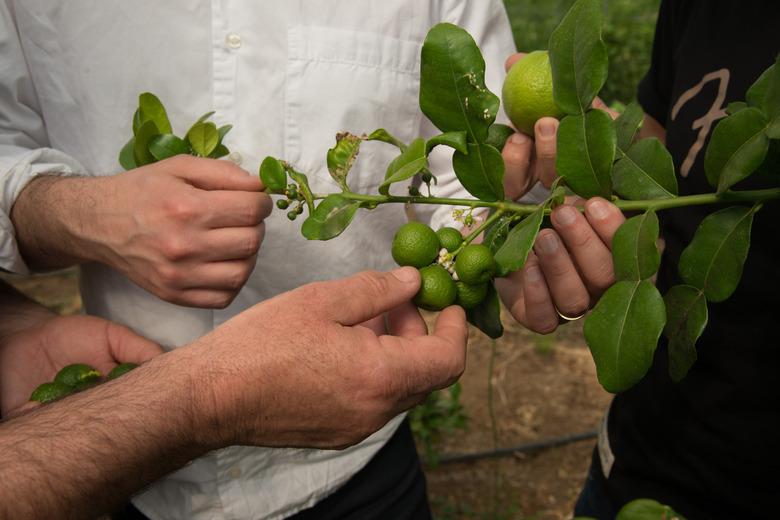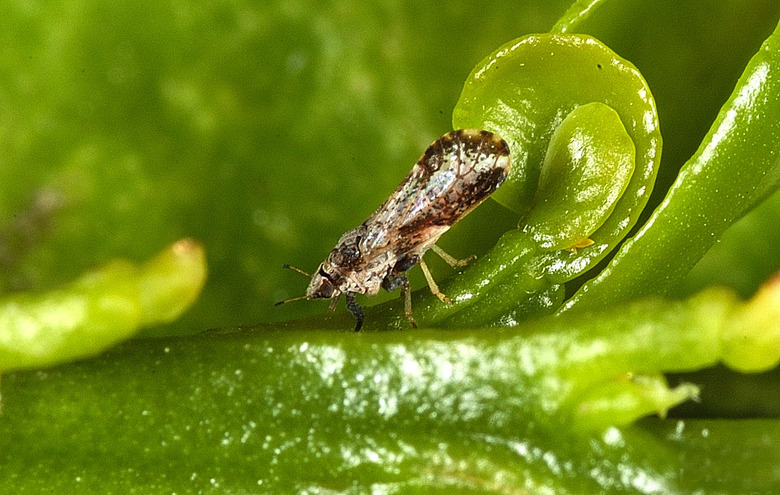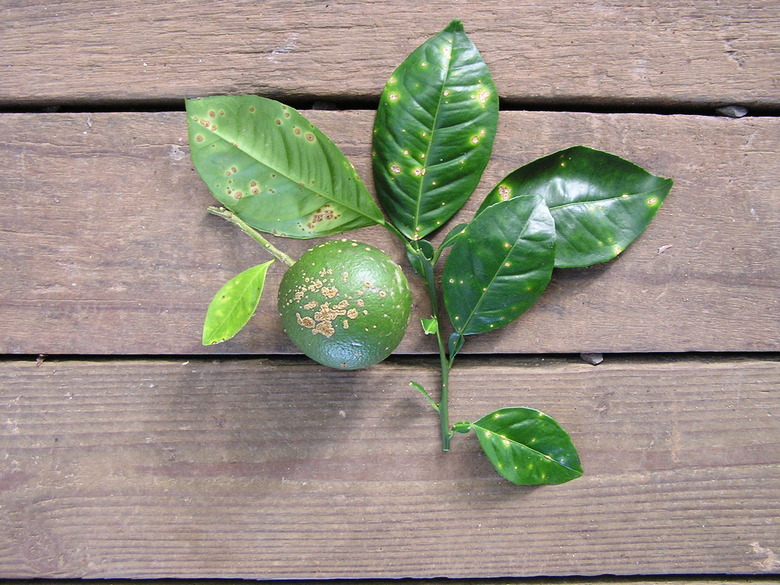Kaffir Lime Tree Diseases: Symptoms And Treatment
Citrus trees, including the kaffir lime tree, are susceptible to a wide range of tree diseases too numerous to enumerate here, but among the most common citrus diseases are **citrus greening, citrus canker, phytophthora and citrus tristeza virus.** If you are growing a lime tree in your garden, observe your tree regularly for any signs of disease.
The kaffir lime (Citrus hystrix, USDA hardiness zones 10 to 12), native to Southeast Asia, is a citrus fruit tree widely grown for its leaves and its fruit, both prized for their pungent lemon/lime flavor.
Lime tree problems are usually common to many citrus trees and not just limes.
Citrus Greening
Citrus greening disease, now more commonly called Huanglongbing (HLB), is a tremendously destructive disease of citrus worldwide that is caused by bacteria. It has invaded multiple U.S. states, including Florida, Georgia, Texas, South Carolina, Hawaii, Louisiana, and more recently, California.
This bacterial disease is passed to the trees from the Asian citrus psyllid insect, Diaphorina citri, sometimes called citrus psylla.
Symptoms
The lime tree leaves will begin to develop uneven, mottling blotches, and if this disease becomes chronic, the leaves become stunted and small. The fruit will also be small and lopsided, without the characteristic round or oval shape, and discoloration will occur. If you eat the fruit, it will likely taste bitter.
Treatment
This disease is fatal to the tree, and there is no recommended treatment. If you are able to identify that citrus greening is the culprit, immediately remove any infected trees so that it doesn't spread to other trees.
Citrus Canker
Like citrus greening, citrus canker is caused by a bacteria pathogen, Xanthomonas citri subsp. citri, which enters the tree bark through wounds or natural openings. It's very contagious, so it needs to be dealt with as soon as it is identified.
Symptoms
Citrus greening affects all parts of the tree. The first visible symptoms are raised, brown-yellow, blister-like lesions on the top of the leaves. These may have brown centers with yellow "halos." You'll also see similar brown spots on the stems.
The fruit will also develop brown lesions with yellow halos. Early fruit drop is likely, but the fruit will still be edible.
Treatment
Once a tree has citrus canker, there is no cure; the only strategy is to prevent it through disease management, which entails regular copper spray applications. Before you see symptoms, begin a copper fungicide spray regimen when the fruit is very small, about 3/4-inch in diameter. Spray every three weeks from April until October.
Warning
To identify root rot, you need an expert, because its symptoms are similar to damage by nematodes, salt or flooding.
Phytophthora Root Rot
Root rot is caused by the Phytophthora species, which is common in most citrus orchards.
Symptoms
To identify root rot, you need an expert, because its symptoms are similar to damage by nematodes, salt or flooding. Its spores spread when heavy rains and moist conditions allow it to travel in irrigation or rainwater.
First, you'll notice that the citrus leaves begin to turn a lighter green, then yellow. As the infection worsens, leaf drop occurs. This happens because the pathogen is destroying the feeder roots, which means the tree cannot take up water and nutrients.
Treatment
The first line of defense against this fungal disease is to plant a resistant rootstock, but if it's too late for that, your goal is to control it using fungicides and correct irrigation practices, meaning to avoid overwatering, which encourages this fungal infection.
Citrus Tristeza Virus
Another serious disease, the citrus tristeza virus, spreads through aphids—the brown citrus aphid, in particular. Various strains of this virus have varying symptoms, some minor but some quite severe.
Certain rootstocks are particularly susceptible, especially the sour orange rootstock used widely before this pathogen was discovered.
Symptoms
When a lime tree is infected with a less vigorous viral strain, it will likely become somewhat stunted, grow poorly, and produce smaller fruit harvests. Trees with more lethal strains will exhibit wilting and dieback and can quickly succumb, dying in weeks, in a process called "quick decline."
Some strains result in stem-pitting, in particular in certain citrus, including limes.
Treatment
There is no recommended treatment for severe tristeza virus; the tree will die and should be removed. The citrus industry no longer uses susceptible rootstocks and has had good luck with disease-resistant rootstocks.
References
- University of Hawaii: Citrus Hystrix
- University of California Riverside: Huanglongbing (HLB or Citrus Greening)
- University of Florida IFAS Extension: Citrus Problems in the Home Landscape
- Texas A&M AgriLife Extension: Texas Plant Disease Handbook – Citrus Diseases
- UC Master Gardeners of Napa County: Horned Melons?, Kaffir Lime
- University of Florida IFAS Extension: Homeowner Fact Sheet: Citrus Canker
- University of California Integrated Pest Management Program: Phytophthora Root Rot
- University of Florida IFAS Extension: Field Diagnosis of Citrus Tristeza Virus


